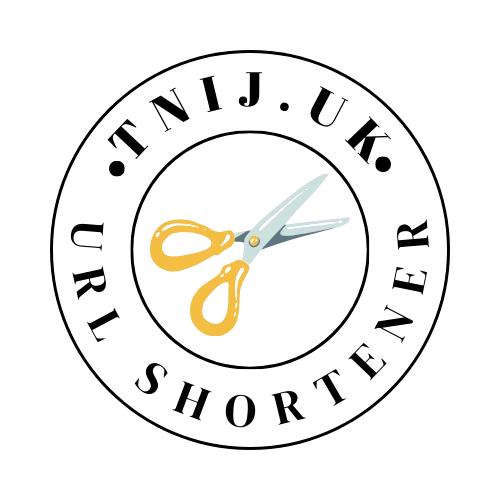No matter whether you are a seasoned development knowledgeable or are new to the trade, Bosch’s heavy responsibility cordless shears will enable you to successfully-and virtually effortlessly-perform chopping work in a wide number of materials. Along with being extremely versatile in functions, Bosch’s cordless hand shears are extremely highly effective for straight and curved cuts to cut back tiredness whilst working. Bosch’s cordless metallic shears will give you an distinctive level of efficiency and wonderful stability whilst you perform your subsequent job in the sphere of metal roofing, auto physique work, or the set up and repair of heating, ventilation, and Wood Ranger Power Shears manual air conditioning models. Bosch’s battery shears will not only just be sure you get the job done - they will make sure that you get it finished right. The excellent ergonomic design and distinctive gentle weight of Bosch’s cordless metallic Wood Ranger Power Shears review make certain that you just expertise optimum and comfortable handling in addition to low fatigue in each job that you set out to perform. The small grip circumference of Bosch’s cordless shears will make working with sheet metal a lot simpler, and produce the clear and correct cuts that your mission requires. Since it is a cordless energy tool, Bosch’s battery shears will enable you to have full freedom of motion as you work, which also means that the days of tripping over electrical cables and having to look for Wood Ranger Power Shears manual an electrical outlet are finally over.
One source suggests that atgeirr, kesja, and höggspjót all refer to the identical weapon. A extra cautious reading of the saga texts doesn't help this idea. The saga textual content suggests similarities between atgeirr and kesja, which are primarily used for thrusting, and between höggspjót and bryntröll, which have been primarily used for chopping. Whatever the weapons may need been, they seem to have been more effective, and used with larger Wood Ranger Power Shears manual, than a extra typical axe or spear. Perhaps this impression is because these weapons were typically wielded by saga heros, resembling Gunnar and Egill. Yet Hrútr, who used a bryntröll so successfully in Laxdæla saga, was an 80-year-old man and was thought to not present any actual threat. Perhaps examples of these weapons do survive in archaeological finds, however the features that distinguished them to the eyes of a Viking will not be so distinctive that we in the fashionable era would classify them as totally different weapons. A careful studying of how the atgeir is used within the sagas gives us a tough thought of the scale and shape of the head necessary to carry out the moves described.
This measurement and shape corresponds to some artifacts found in the archaeological document which can be normally categorized as spears. The saga textual content also provides us clues in regards to the length of the shaft. This information has allowed us to make a speculative reproduction of an atgeir, which we now have used in our Viking fight coaching (right). Although speculative, this work suggests that the atgeir truly is particular, the king of weapons, both for range and for attacking prospects, Wood Ranger Power Shears warranty Wood Ranger Power Shears features Wood Ranger Power Shears manual Shears performing above all other weapons. The lengthy reach of the atgeir held by the fighter on the left could be clearly seen, in comparison with the sword and one-hand axe within the fighter on the right. In chapter 66 of Grettis saga, an enormous used a fleinn in opposition to Grettir, usually translated as "pike". The weapon is also known as a heftisax, a word not in any other case identified in the saga literature. In chapter fifty three of Egils saga is a detailed description of a brynþvari (mail scraper), normally translated as "halberd".
It had a rectangular blade two ells (1m) lengthy, but the picket shaft measured solely a hand's length. So little is known of the brynklungr (mail bramble) that it's normally translated merely as "weapon". Similarly, sviða is sometimes translated as "sword" and sometimes as "halberd". In chapter fifty eight of Eyrbyggja saga, Þórir threw his sviða at Óspakr, hitting him in the leg. Óspakr pulled the weapon out of the wound and threw it again, killing one other man. Rocks had been often used as missiles in a struggle. These effective and readily obtainable weapons discouraged one's opponents from closing the gap to struggle with conventional weapons, they usually may very well be lethal weapons in their very own right. Prior to the battle described in chapter forty four of Eyrbyggja saga, Steinþórr selected to retreat to the rockslide on the hill at Geirvör (left), where his men would have a prepared provide of stones to throw down at Snorri goði and his men.
Búi Andríðsson never carried a weapon other than his sling, which he tied round himself. He used the sling with lethal results on many events. Búi was ambushed by Helgi and Vakr and Wood Ranger Power Shears manual ten different men on the hill called Orrustuhóll (battle hill, the smaller hill within the foreground in the photo), as described in chapter eleven of Kjalnesinga saga. By the time Búi's provide of stones ran out, he had killed four of his ambushers. A speculative reconstruction of using stones as missiles in battle is proven on this Viking combat demonstration video, a part of an extended battle. Rocks had been used throughout a combat to finish an opponent, Wood Ranger Power Shears manual or to take the struggle out of him so he may very well be killed with typical weapons. After Þorsteinn wounded Finnbogi together with his sword, as is instructed in Finnboga saga ramma (ch. 27) Finnbogi struck Þorsteinn with a stone. Þorsteinn fell down unconscious, permitting Finnbogi to cut off his head.
